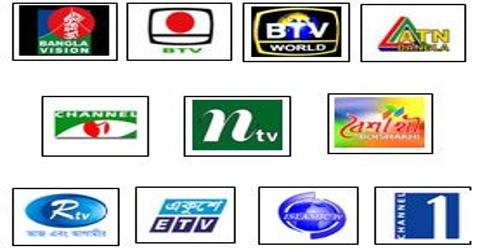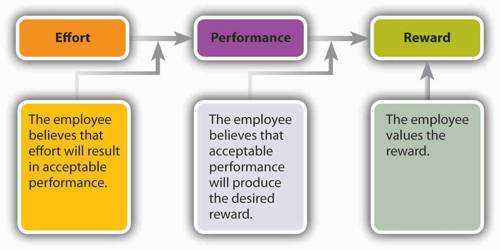The general objective of this report is to provide an overview of the different aspects relating to Electronic Media Industry by surveying the customers. Other objectives are realize the importance of different factors associated with TV Programs and realize the importance of different Technological factor. Report also analyze the respondents demographic profile and define the position of Electronic Media (Channels). The report ends with some recommendations on the present electronic media companies and they are based on the findings of the survey.
Objective
The general objective of this report is to provide an overview of the different aspects relating to Electronic Media Industry by surveying the customers. Beside the general objective, the report can be categorized into main objective and specific objective. The objectives behind this report are given below:
Main Objective:
The main objective of this report is to provide detailed information on Electronic Media Industry in Bangladesh from customers’ view point by analyzing the survey data with the help of SPSS software.
Specific Objectives:
The specific objectives underlying this report are listed below:
- To have a clear understanding about the SPSS
- To realize the importance of different factors associated with TV Programs.
- To realize the importance of different Technological factor.
- To analyze the respondents demographic profile.
- To define the position of Electronic Media (Channels).
- To identify the customers preference through program.
- Fulfill the requirements of our course “Marketing Research”.
- Gather experience and knowledge of doing a professional report
Source of Information
To meet the objective of this report collection of relevant, accurate, standardized and needful information was required. In bringing this report to existence we have collected data from both primary and secondary sources. Special consideration was given so that chances of biasness could not arise. The sources used were:
Primary Sources
Primary data is defined as data which originates as a result of that particular investigation. The primary data related to Electronic Media Industry in Bangladesh have strictly collected from the television viewers by the method of survey that we conducted. Structured both close and open-ended questions were constructed as the main link in getting the primary data.
Secondary Sources
Secondary research refers to the use and further analysis of data collected for another purpose. As secondary sources, we have referred different books of Marketing Research. We also took the help of internet when needed.
Methodology
Research Design
The design of the research that we carried to explore the television viewer’s opinion was conclusive to large extent. The research was formal and structured. It is based on large, representative sample, and the data obtained from the research will be used for Managerial decision making.
Sampling Design
The size of the sample for the research was 500 respondents. The procedure adopted for sampling was Non Probabilistic Quota Sampling
The quota was formed based on occupations. The numbers of respondents was restricted by 10 categories of occupations.
Instruments
The basic instruments used for the research were:
- SPSS software
- Structured both Open & Close Ended Questionnaire
- Computer
- MS Words
- MS Excel
- Printer
Data Analysis Method
For analyzing the data, we used SPSS software. The questionnaire consisted of twenty-three open and close-ended questions. The questions were formed with the purpose of providing descriptive information regarding the television program. The data analyzed provided the information regarding the program type preference, program preference, factor preference, ranking of the channel, Frequency preference, and demographic profile of the respondents.
The factors for influencing the watching of a channel were analyzed by factor reductions. This was done to separate the factors in two groups based on similarities in meaning.
The demographic profile of the respondents was used to formulate three clusters. The clusters were differentiated by the characteristics like sex, family income, family members and gender.
















